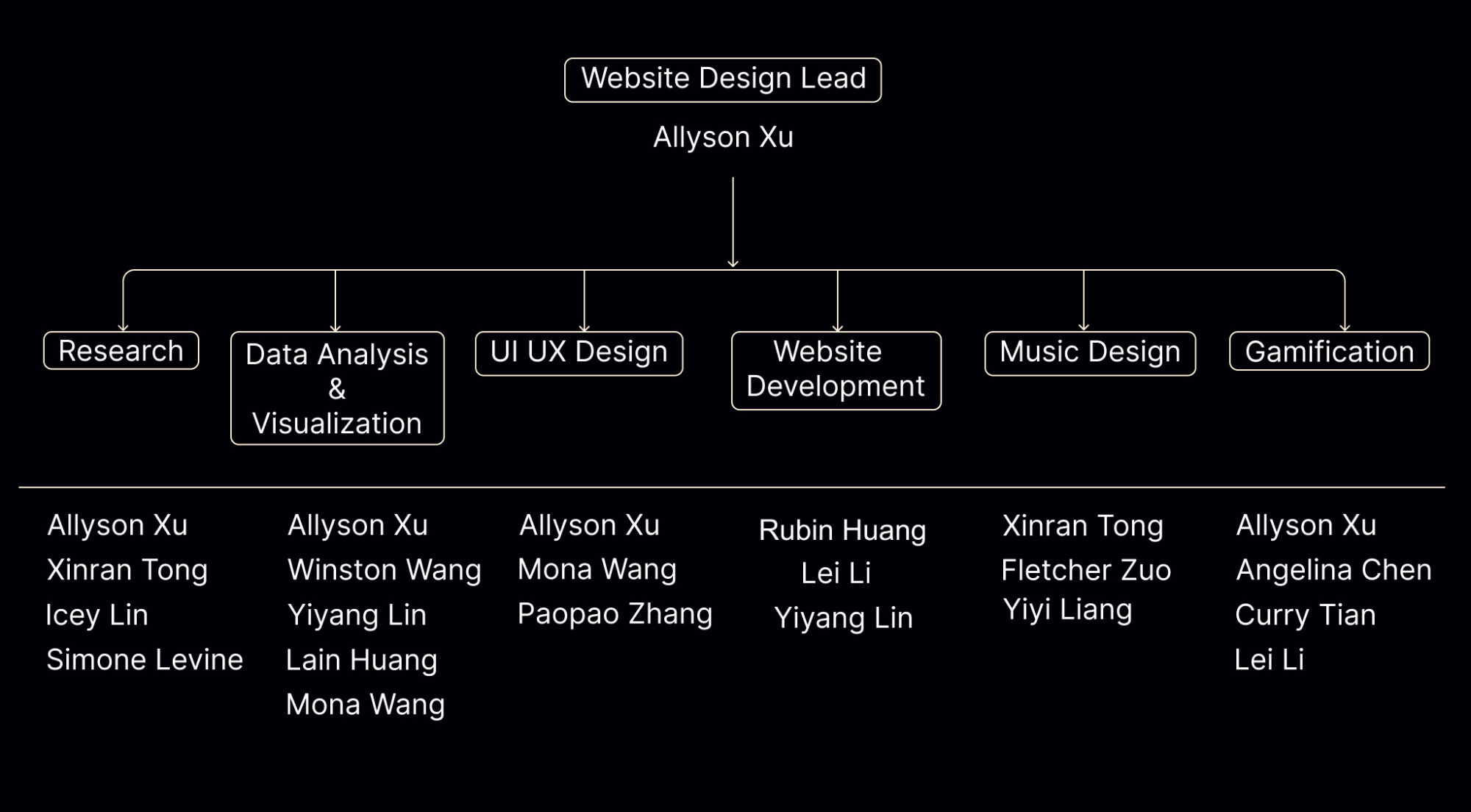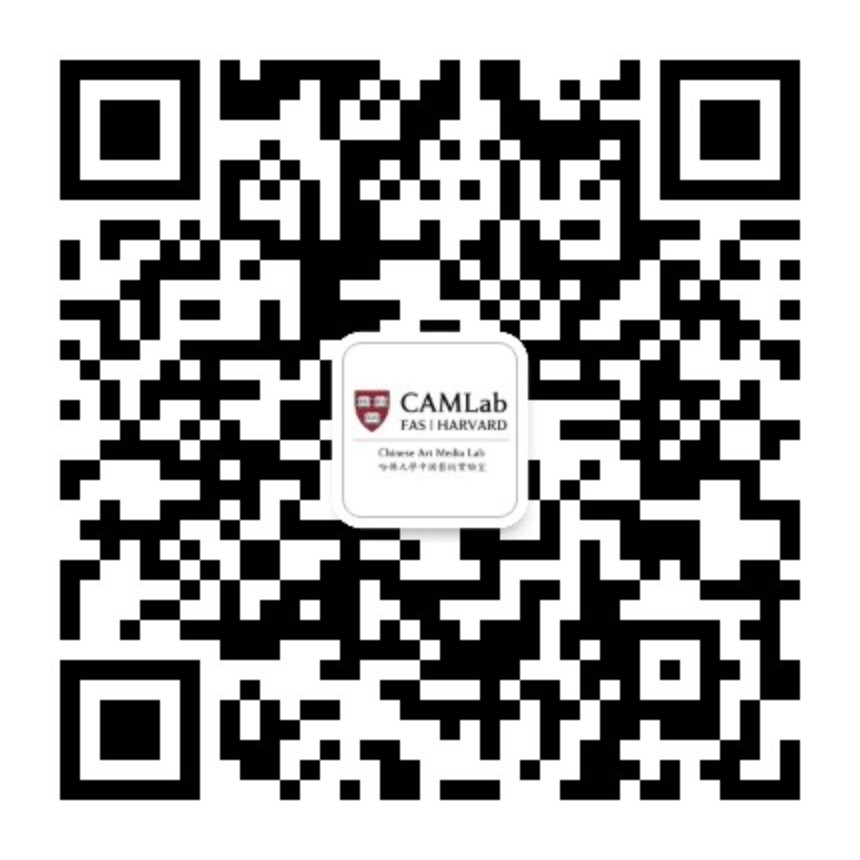Program Overview
Harvard FAS CAMLab’s Internship Program engages young talent in the process of creative production, in ways different from traditional, passive learning models. CAMLab seeks to combine humanistic research and multisensorial creations—a vision that carries into our internship program. We aim to open young talent to the world of art and culture.
The director of CAMLab, Professor Eugene Y. Wang, designs a research topic for interns that forms a lens with which to probe cultural and artistic interactions across civilizations. For example, for 2023 Summer Internship Program, the interns worked on the “Master” of Animals, a recurring motif deserving deeper scrutiny, that has been depicted by various cultures throughout history, including Mesopotamia, Egypt, Greece, China, and Persia.
The interns work in groups to conduct research, from collecting and analyzing data to participating in workshops with other researchers and scholars. CAMLab’s resident artists also give workshops to familiarize interns with different multisensorial mediums. Finally, the interns combine their research with media-specific techniques and interests to produce their own multisensorial creative works.
World-class museums at Harvard and in the greater Boston area serve as excellent resources for object-based research and inspiration for creative practice. CAMLab’s artists-in-residence work closely with our interns on their multimedia creations. For the cohort, our Internship Program initiates a new journey of art and culture.
Master(?) of Animals
A central figure flanked by a pair of animals, ranging from domesticated creatures to wild and mythical beasts, the “Master” of Animals motif has transcended both time and geography— appearing on artifacts ranging from 4000 year old Assyrian reliefs to 2000 year old Chinese tombs to an Indian watercolor painting from 1845.
In the absence of written sources, the “Master” of Animals unfurls as a cipher, illuminating patterns of cultural exchange across civilizations, shedding light on ancient spiritualities and religion, and highlighting humanity’s relationship with the animal kingdom, a ever-changing narrative. Thus far, most historians have characterized the “Master” of Animals as a powerful figure who seemingly possesses control and dominance over the animal kingdom—a premise built on the human conquest of nature. However, there are many depictions of the motif in which the Master figure appears to serve as a unifying or protective figure.
By examining the “Master” of Animals in various cultural contexts, identifying patterns, and analyzing the origins of the notion of the “Master” of Animals as a dominating figure, we open the motif for questioning: How should we regard the “Master” of Animals? Is it more of a “mastering” figure, or a protective or unifying figure—or something else?

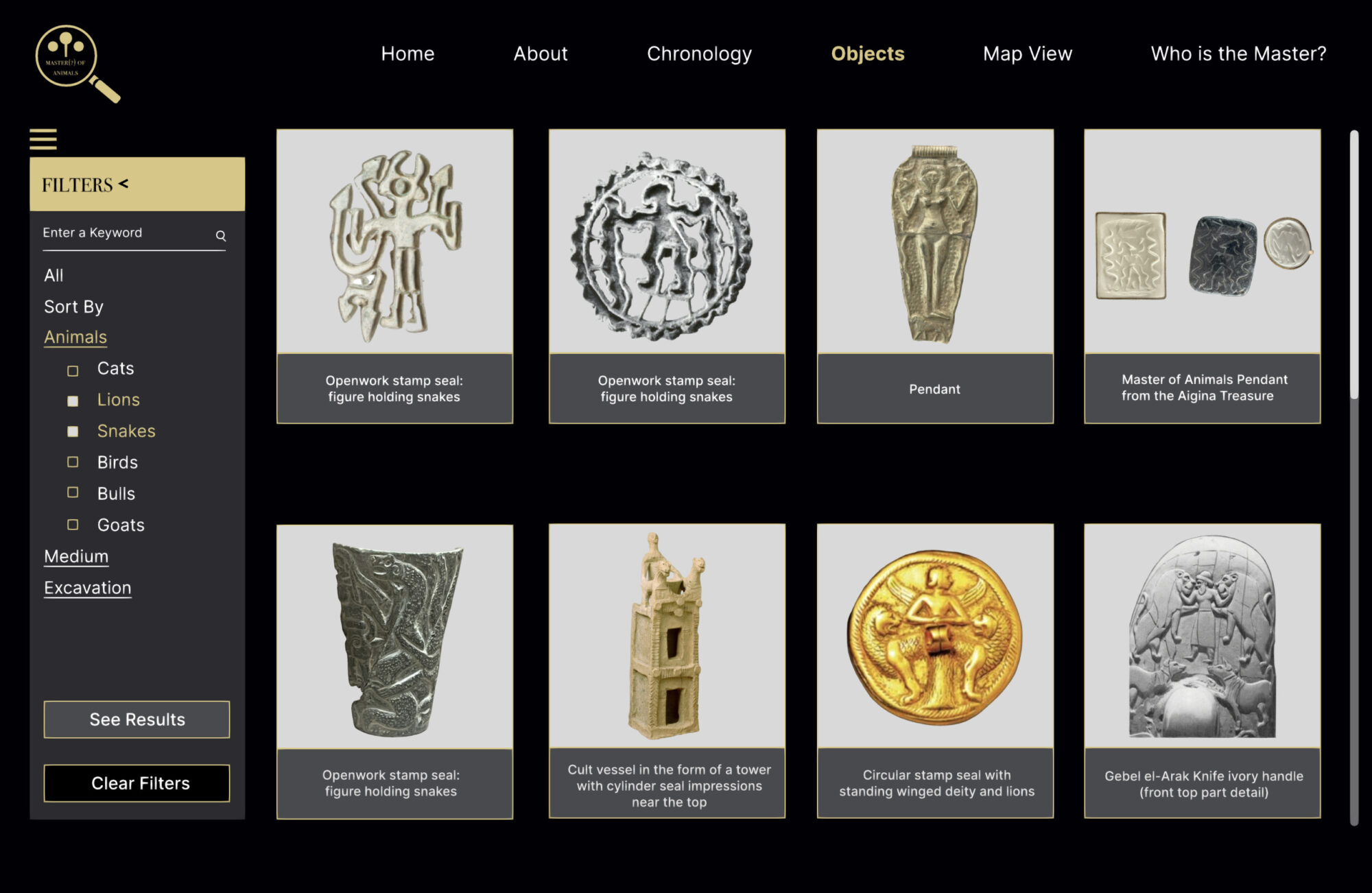
Pursuing the intial research step of collecting and analyzing data, interns explore and examine various sources, ranging from images, textual accounts to archives and museum objects. Through interdisciplinary research, group collaboration, and CAMLab’s emphasis on technology, interns develop different ways to analyze and visualize the data. These include aggregating data and coding in computer programming languages, as well as experimenting with interactive interfaces to present their findings.
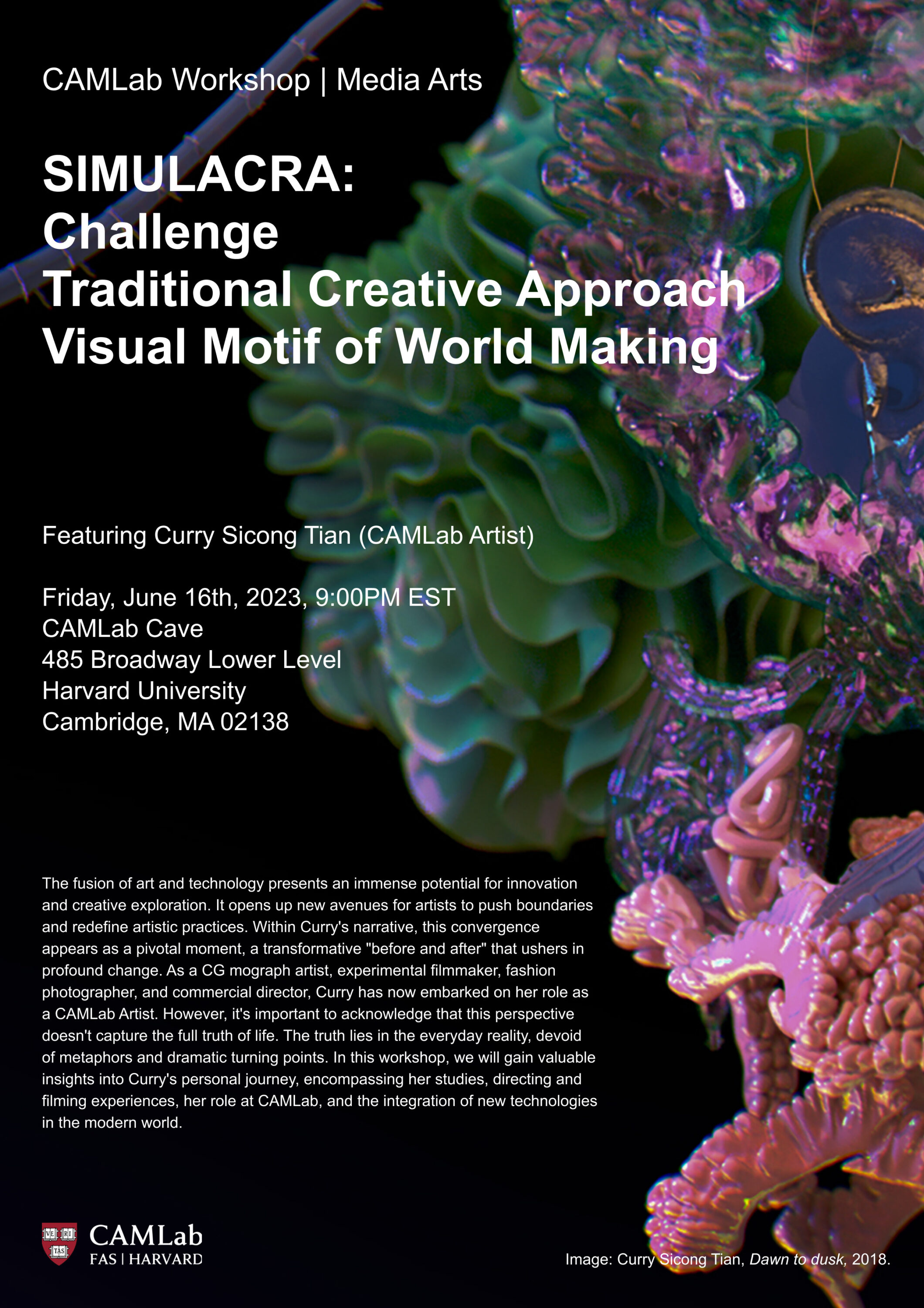
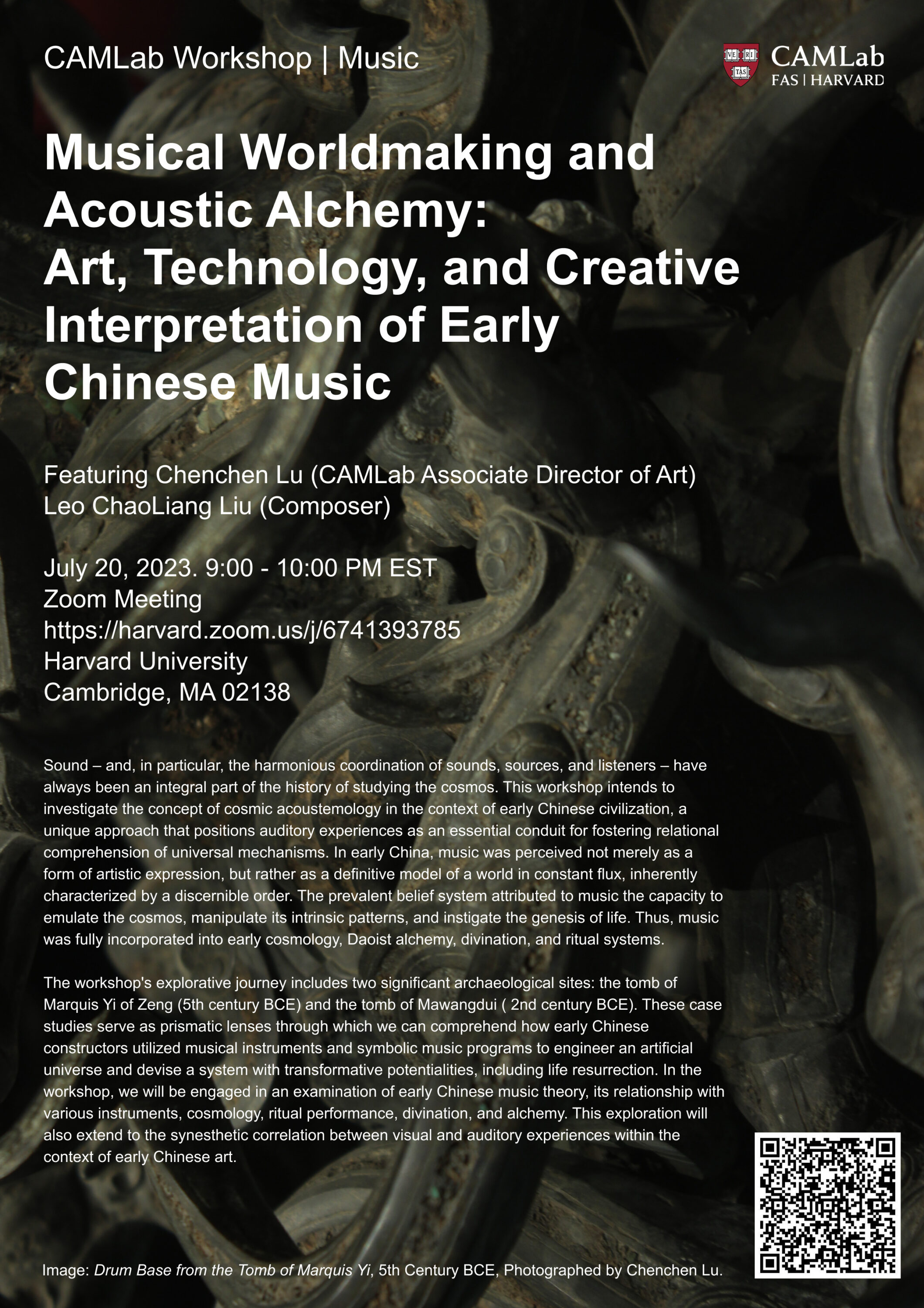
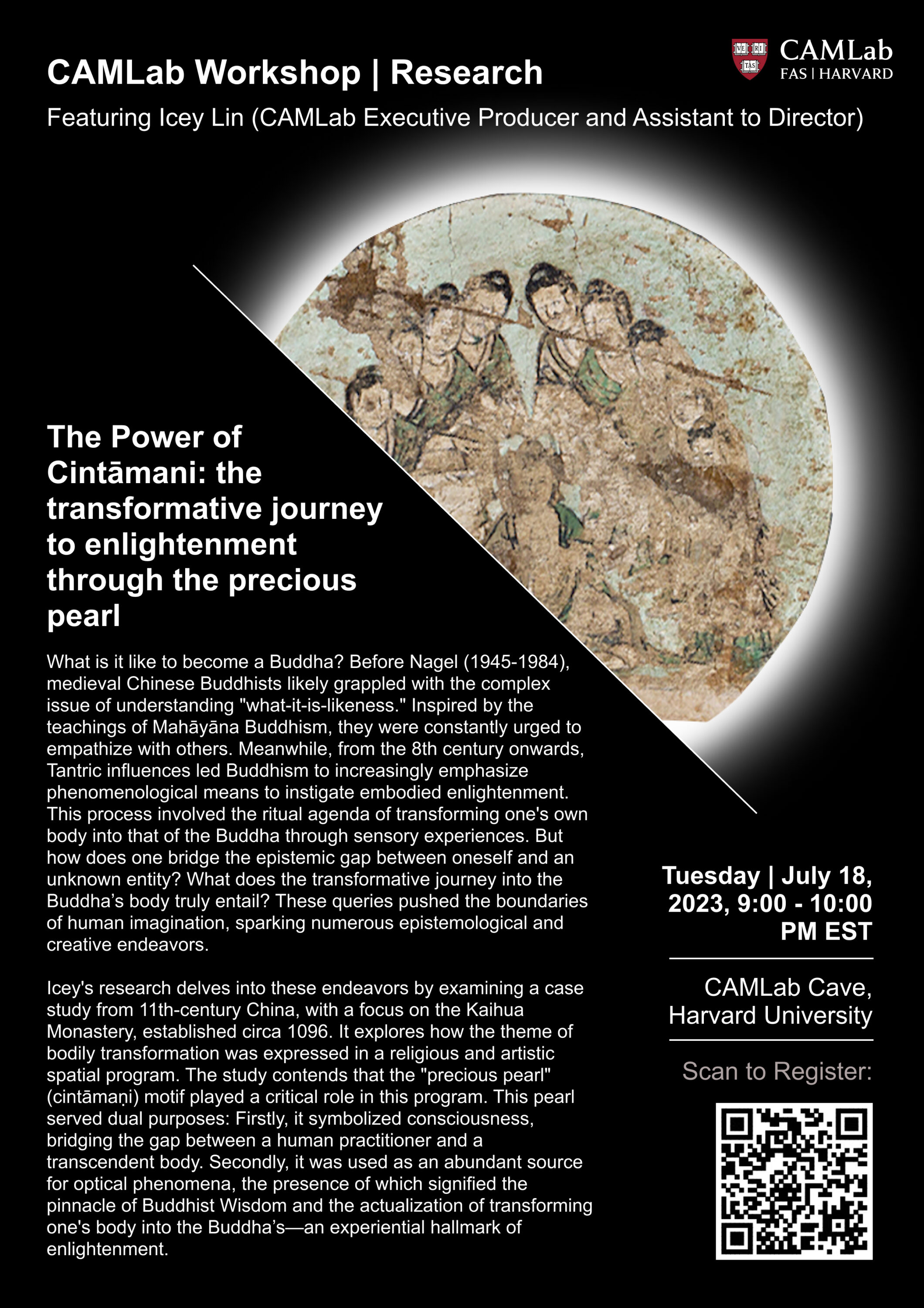

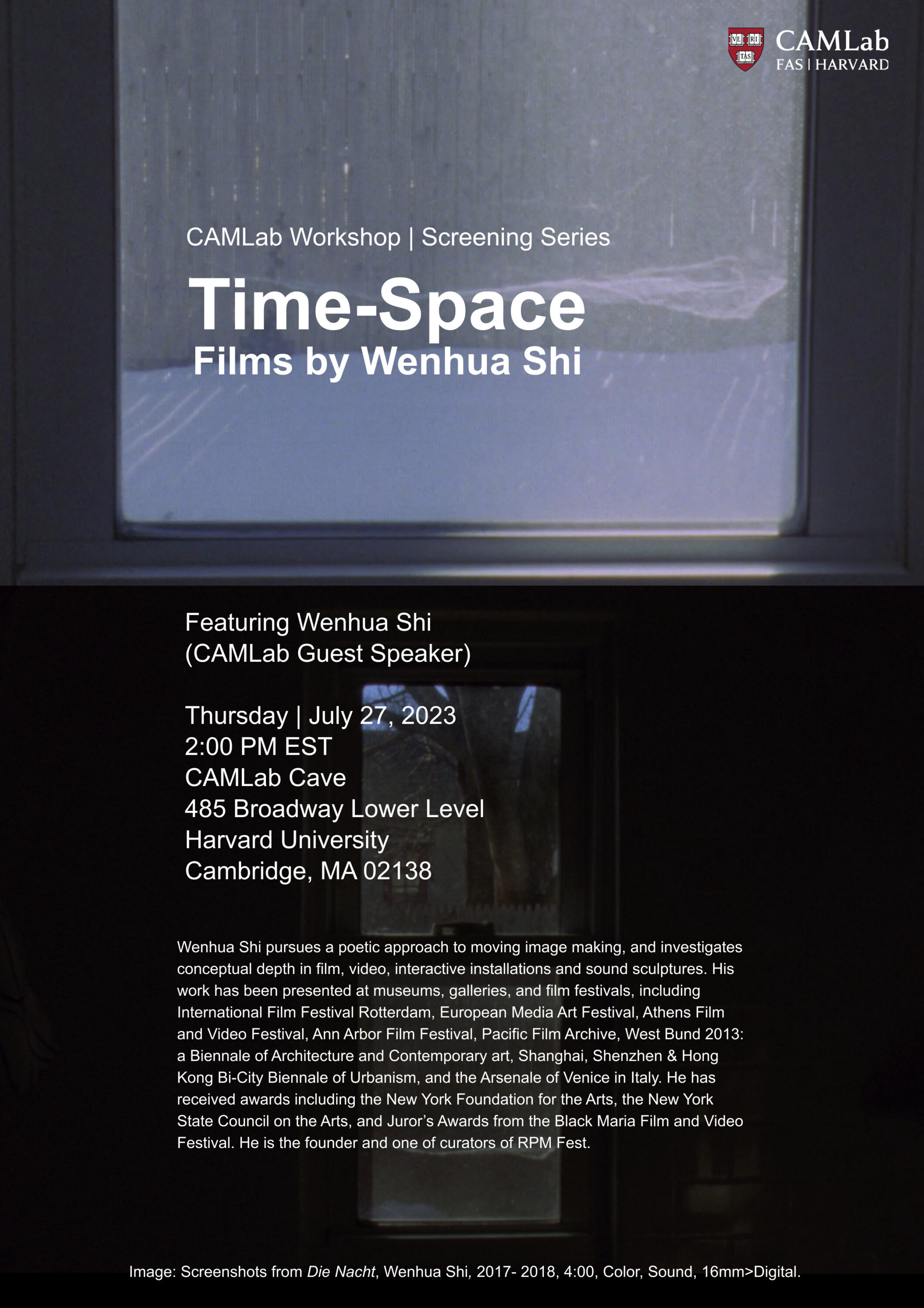
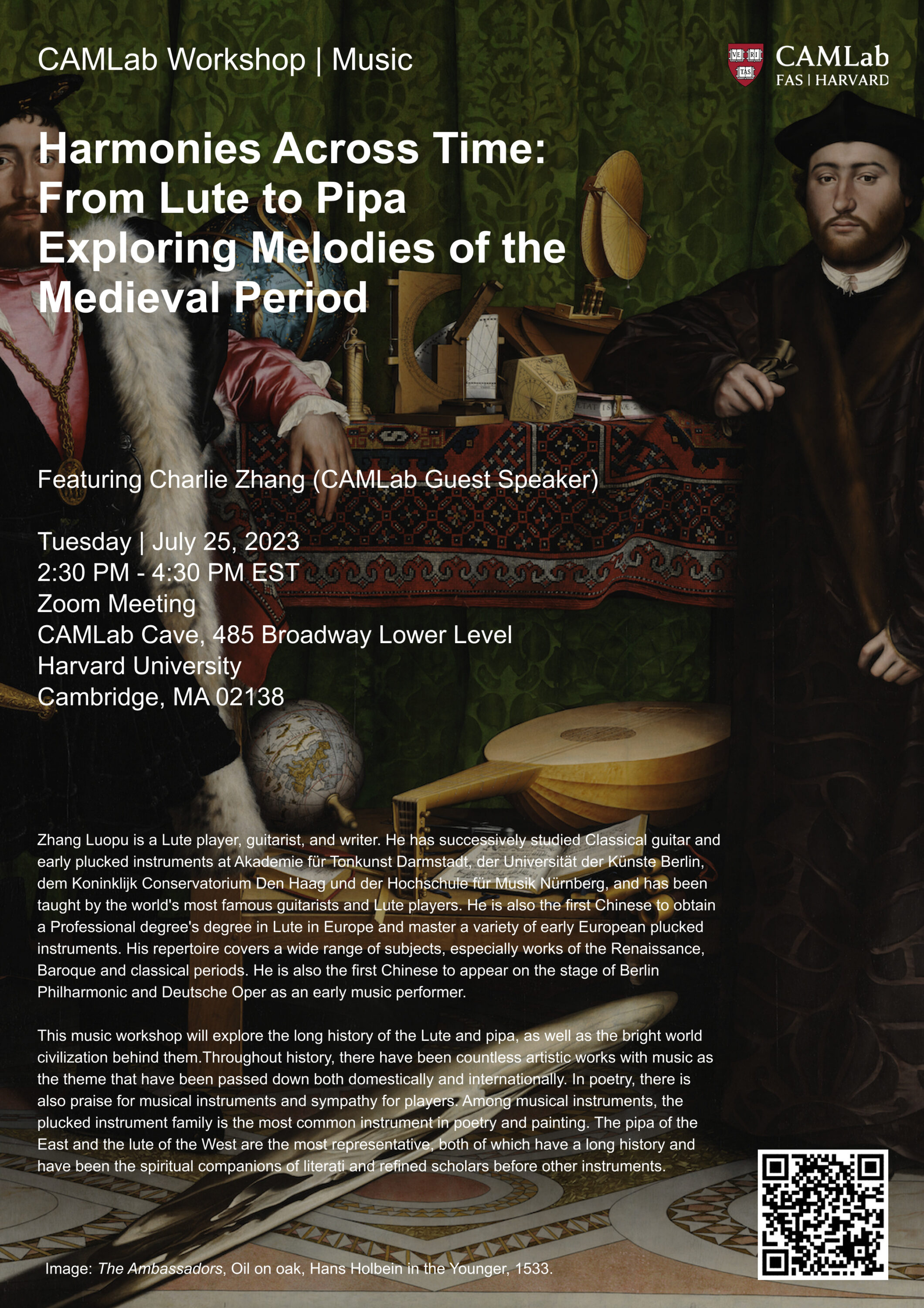
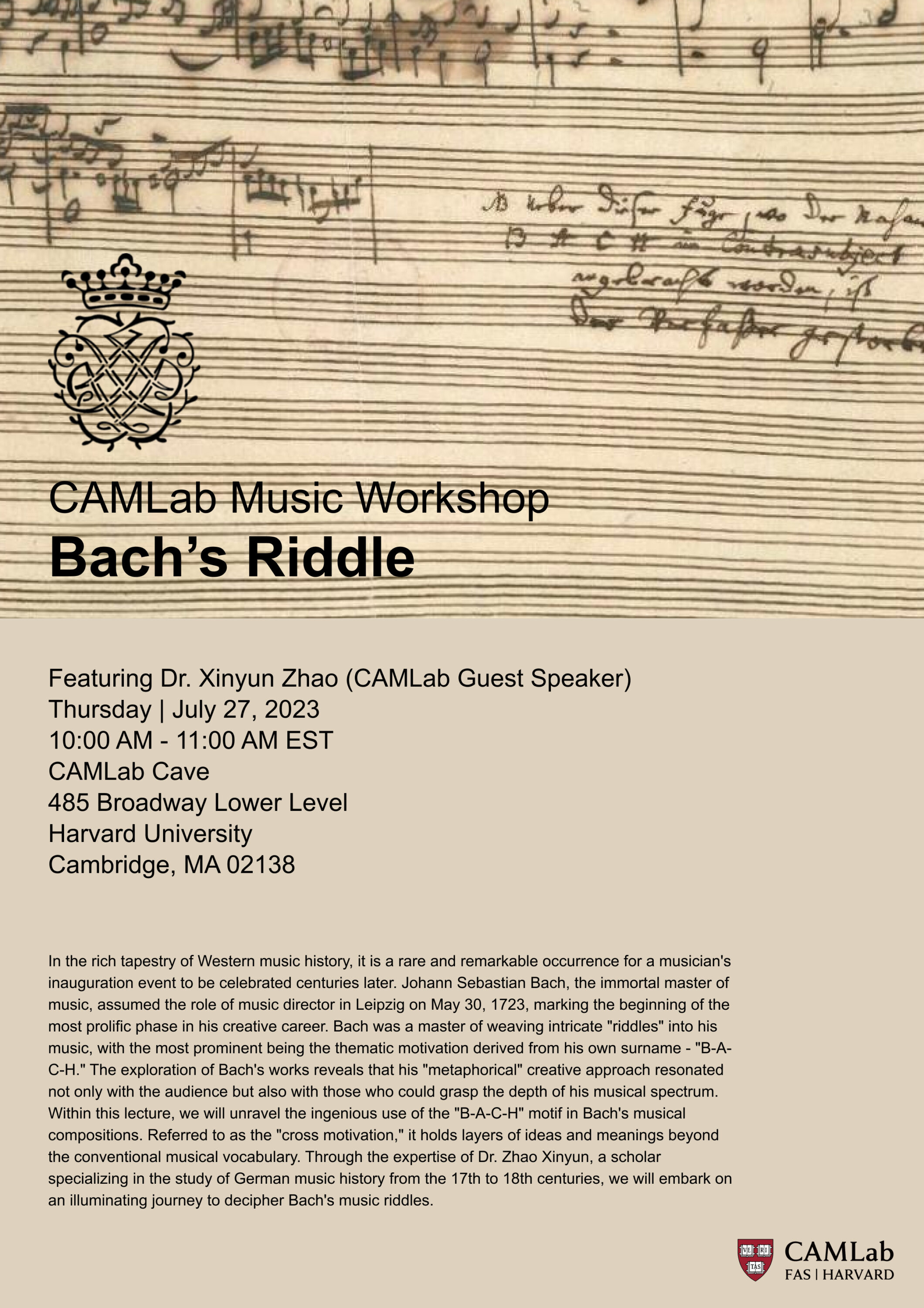
CAMLab arranges academic workshops that provide our interns a channel to engage in interdisciplinary conversations about cutting-edge humanistic research and to develop professional connections. We frequently invite both established scholars and young researchers from around the world to share their work with the interns. Visits to exhibition spaces and design firms around Boston further introduce interns to various paths and practices. CAMLab’s artists-in-residence also give workshops to familiarize our interns with different multisensorial mediums, as a preparation for their final artistic creations.
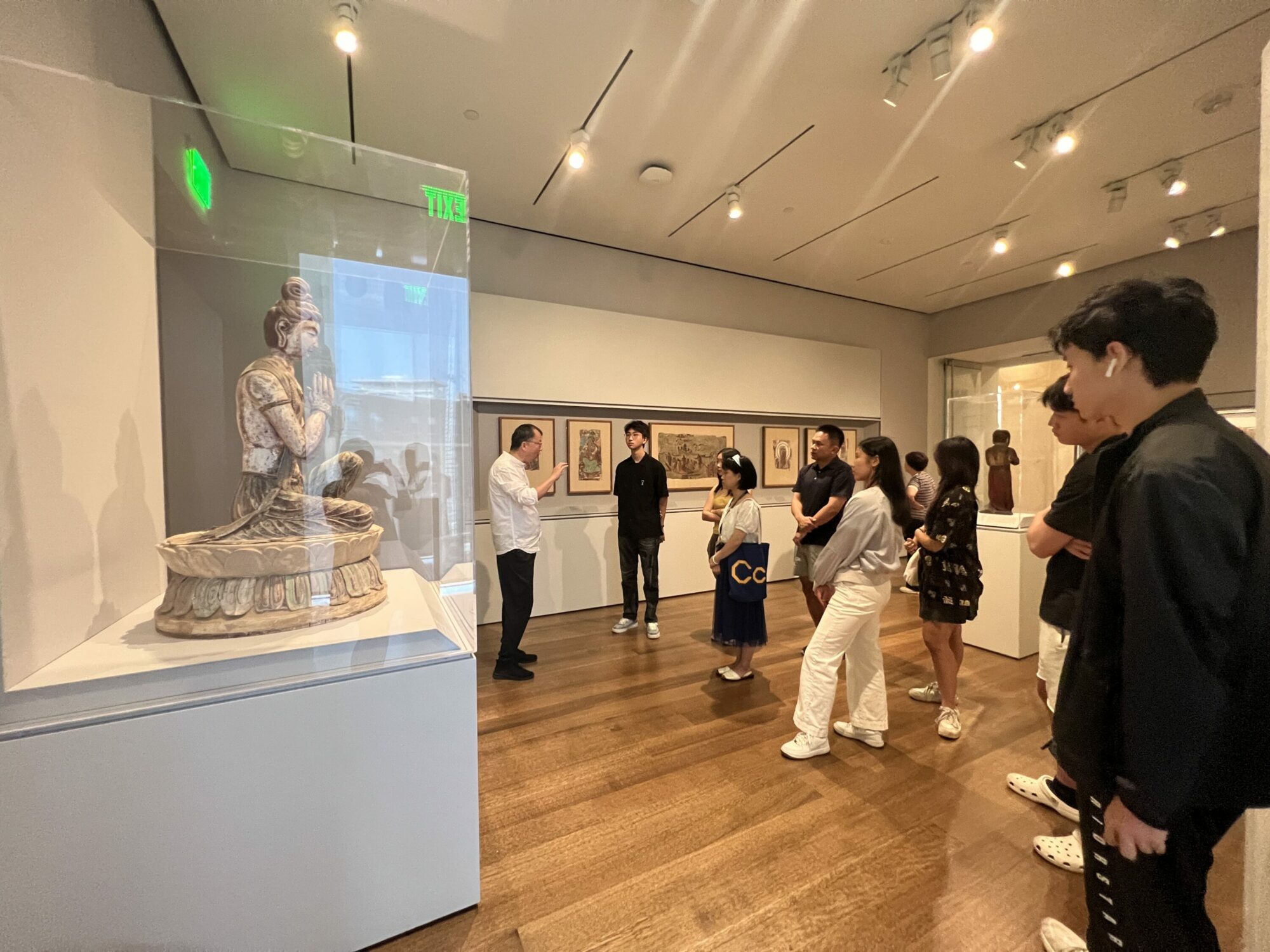



Providing interns with the direct exposure to art that fosters aesthetic intuition, the rich art collections and architecture across the Harvard campus and museums in greater Boston area offer interns invaluable encounters with exhibitions and historical objects. Through regular visits to these institutions, the interns interact with curators and scholars to gain more insights onto curatorial frameworks, exhibitions, and objects.
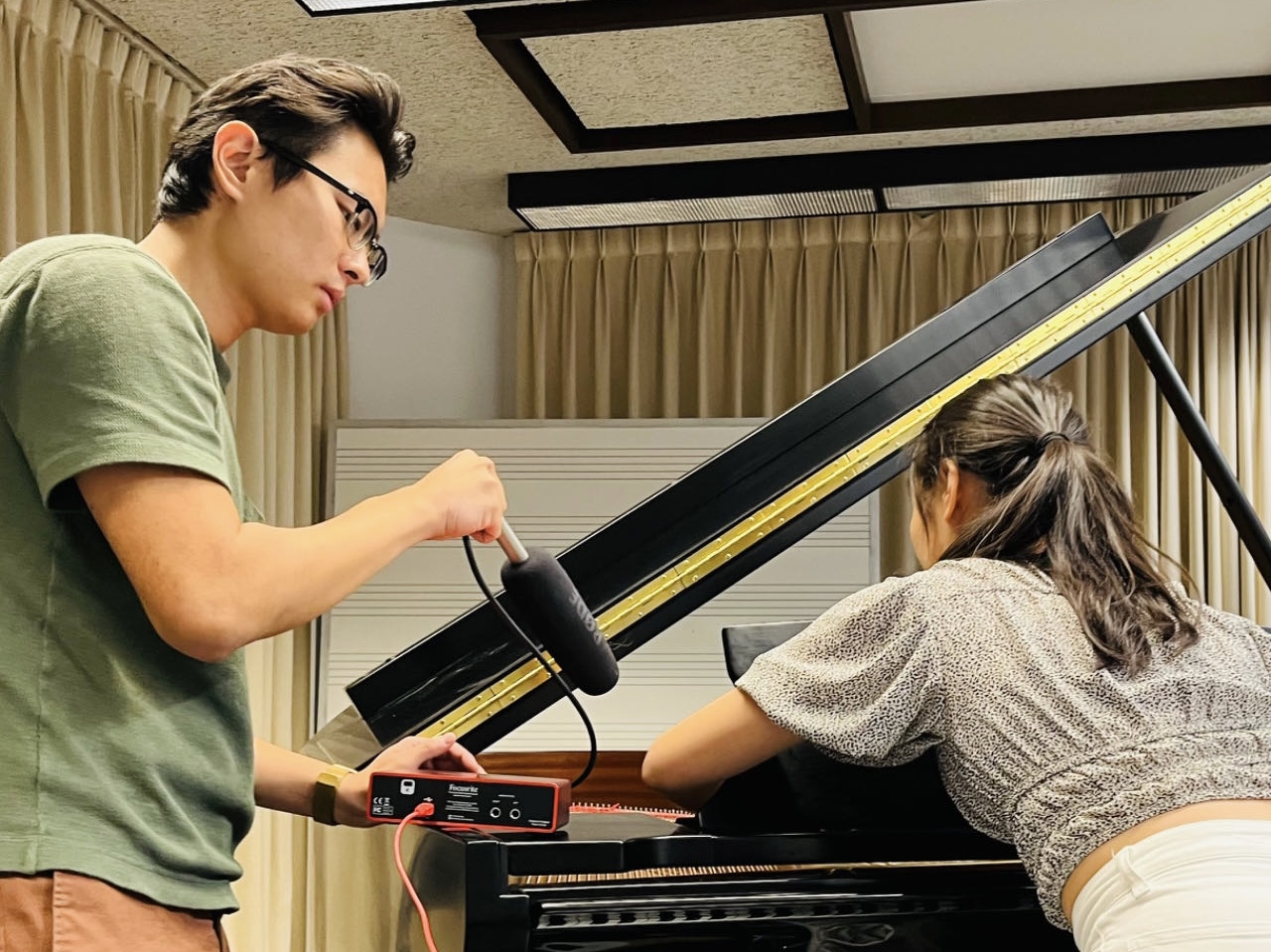
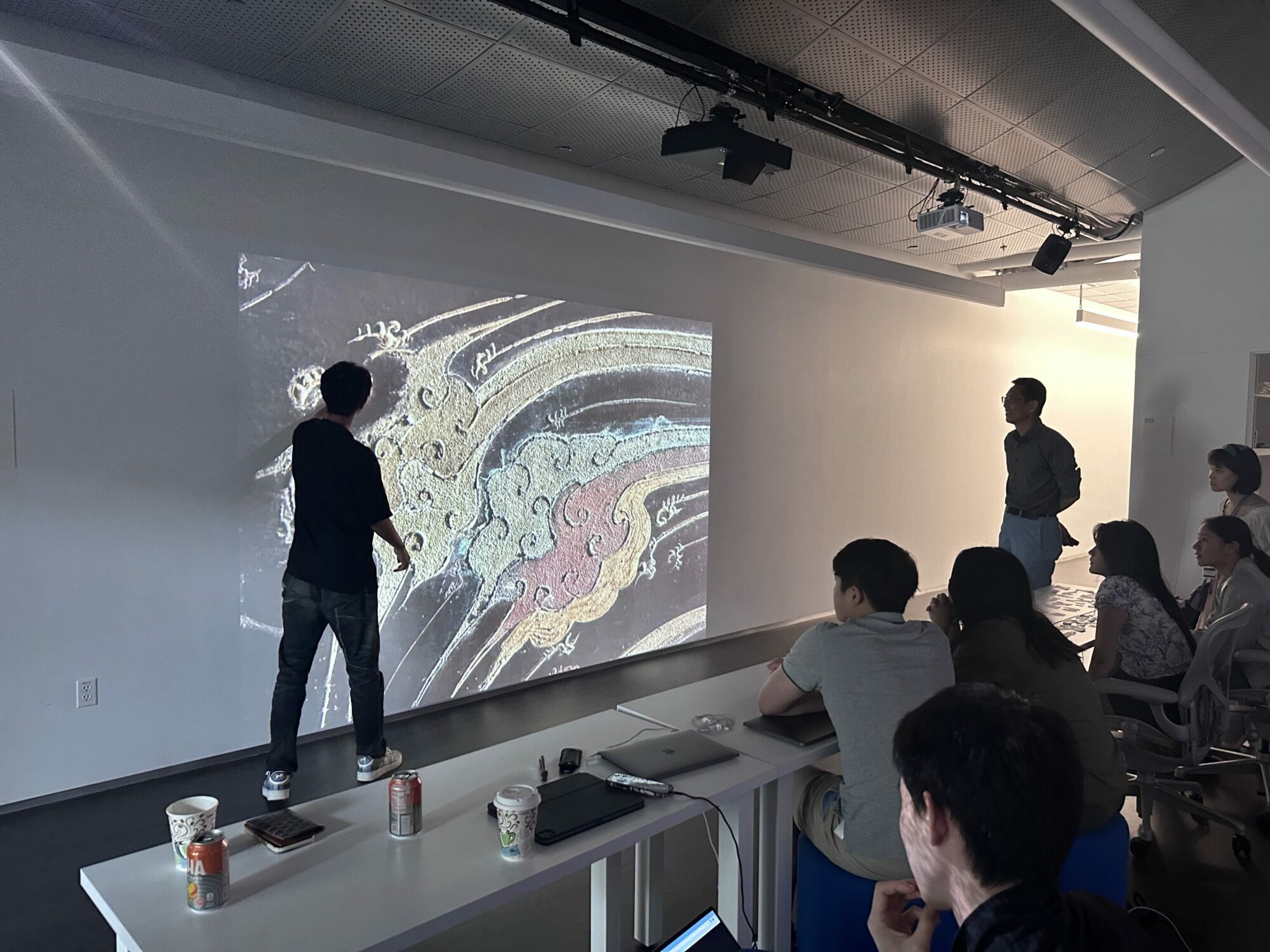
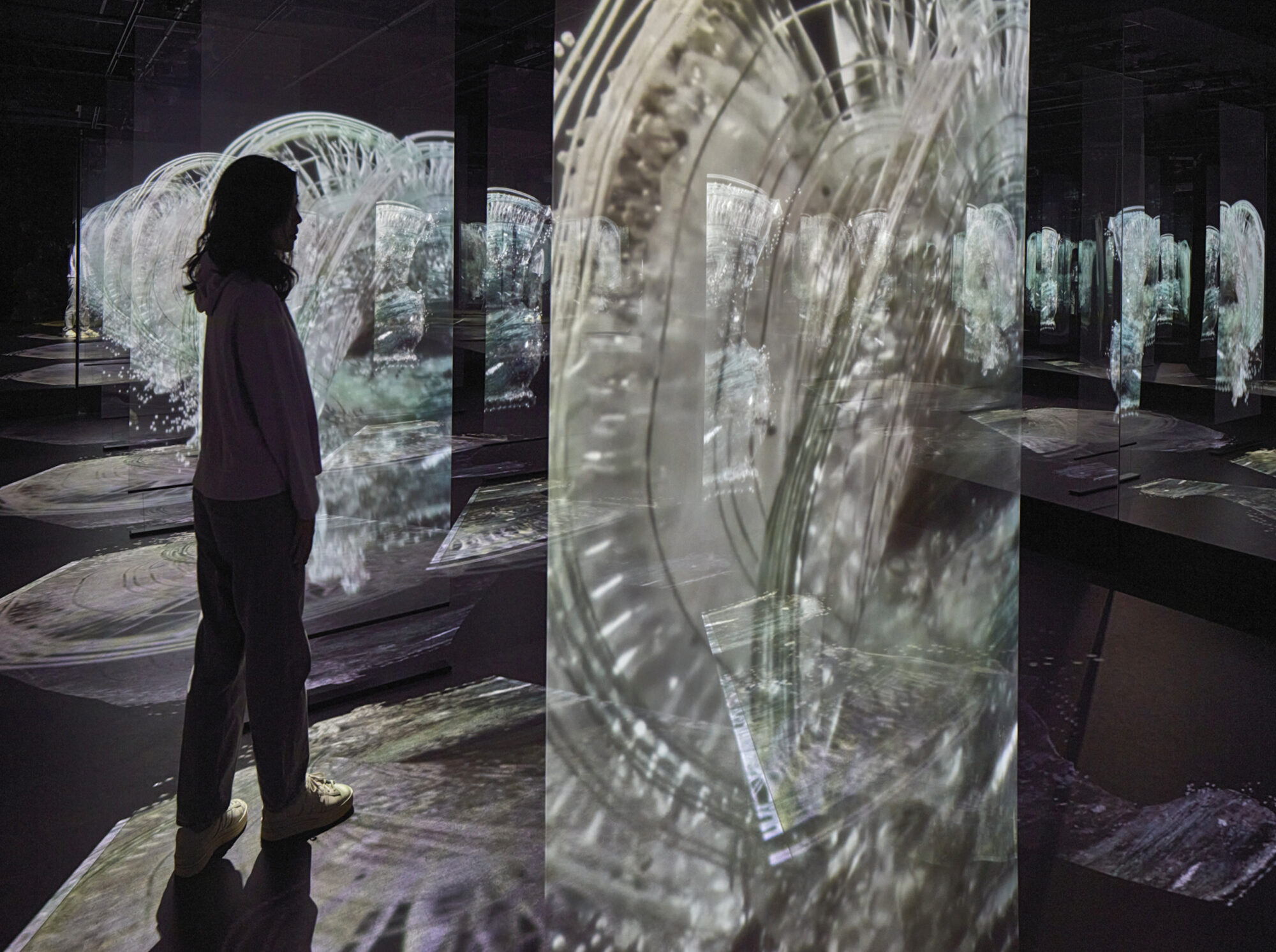
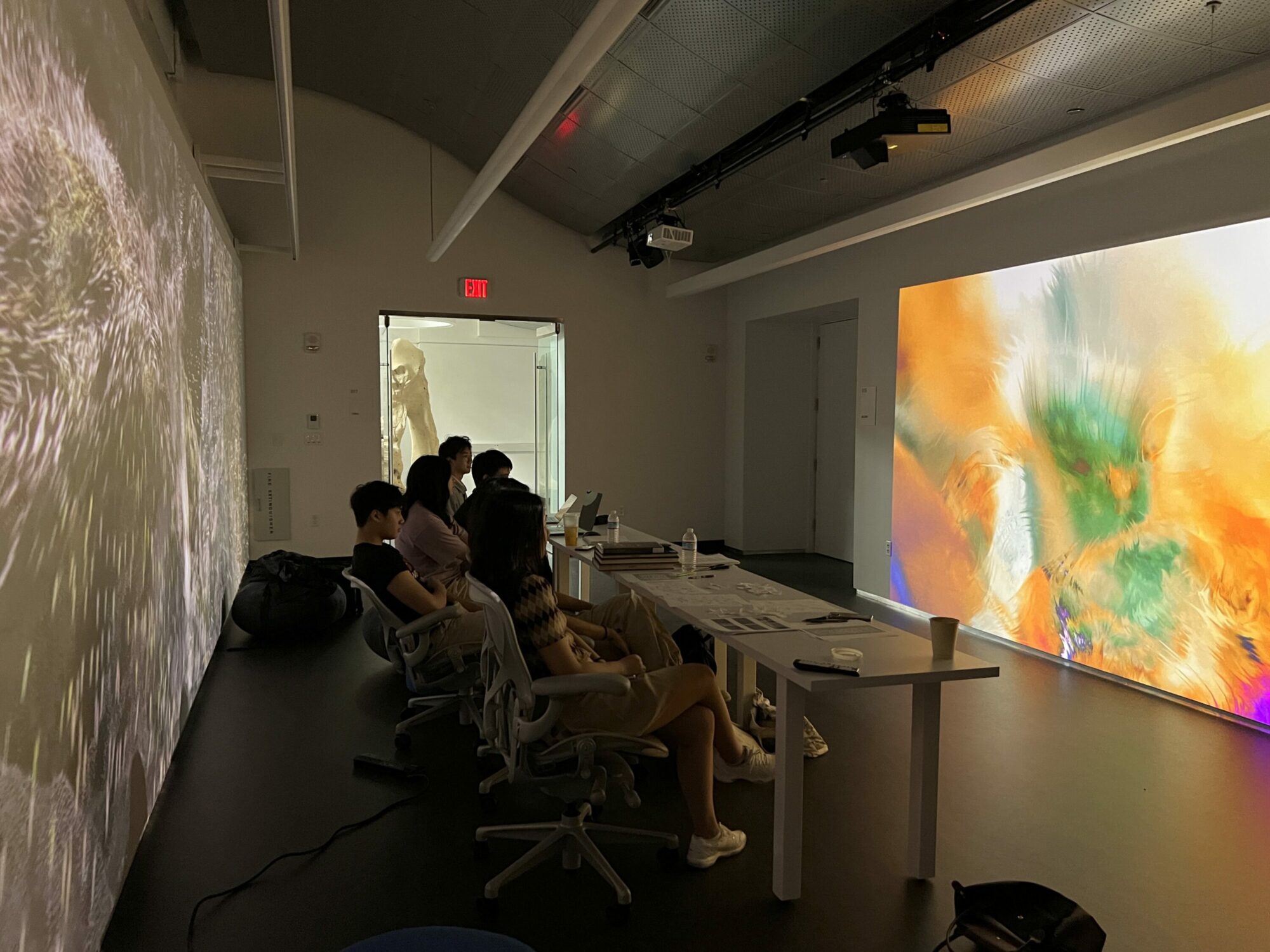
The research works, data, and aesthetic experiences will finally be embedded within sensorial creations that further interns’ own artistic interests and passions. CAMLab’s artists-in-residence and designers (including filmmakers, composers, UI/UX designers, sound engineers, etc.) closely work with interns throughout their creative processes. Our interns select one or more mediums that interest them most as occasions to pursue their own creative work. For cohort, these research-based creations provide direct experience in both practicing and engaging with art and culture.
